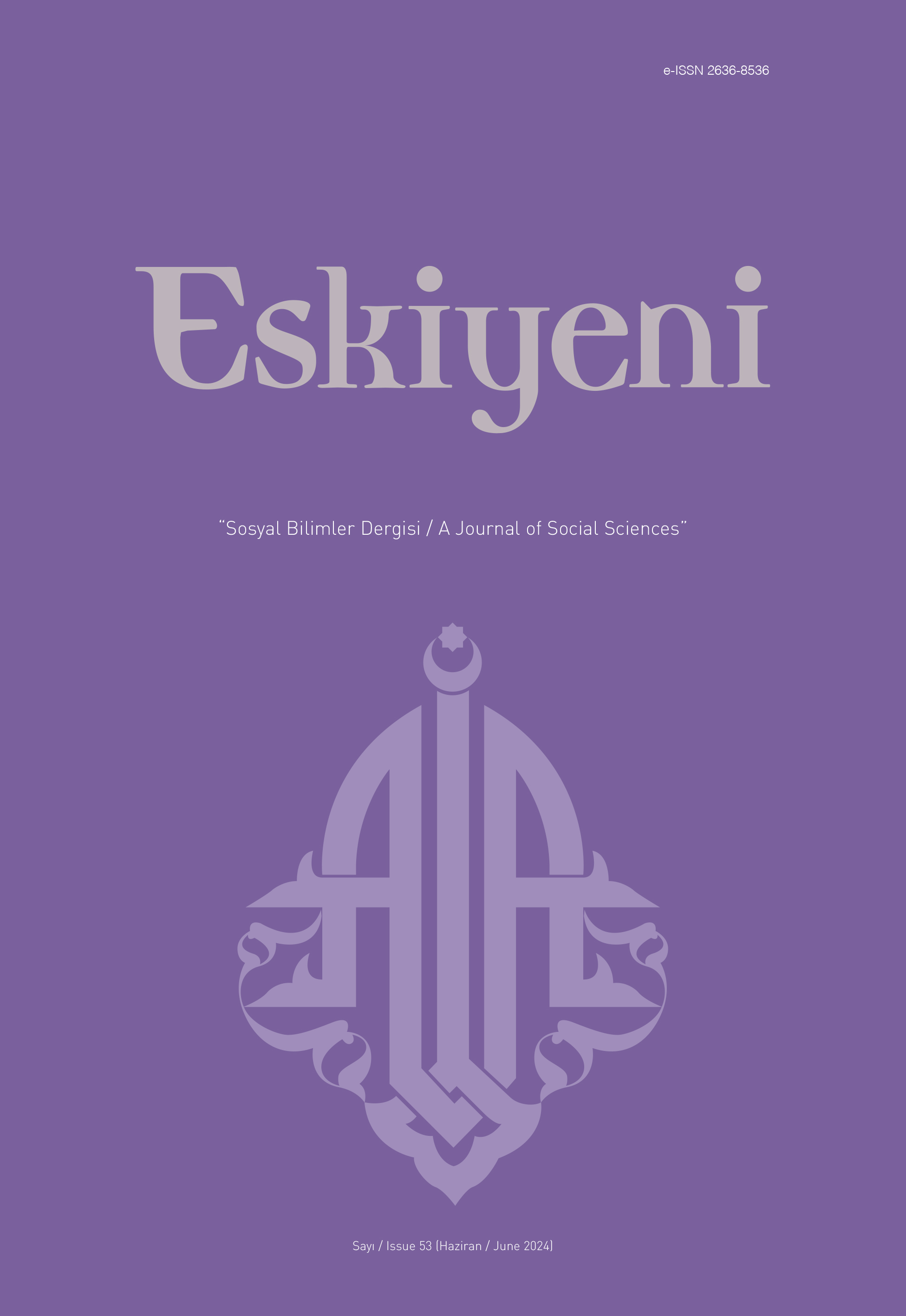İlk Beyt-El (Tanrı Evi) Kâbe: Tarihi, İçindeki Görsel ve Figürleri, Kur’an’daki Yansımaları
The First Beth-El (House of God) Kaʿba: Its History, Images and Figures in It and It’s References in the Qur’ān
Author(s): Esra Erdoğan ŞamlıoğluSubject(s): History, Theology and Religion, Qur’anic studies
Published by: Anadolu İlahiyat Akademisi
Keywords: Tafsīr; History of Qurʾān; Arabian Peninsula; Temple; Beth-El, Kaʿba;
Summary/Abstract: As the first temple of the earth, the house of Allah on earth, the qibla of the Islam, the Kaʿba draws attention in terms of being the oldest temple of the geography where the verses of the Qurʾān were revealed, and the foundations of the Islam were shaped. In this context, it is essential to investigate the position of the Kaʿba in the pre-Islamic period, its place in the Arab society and the symbolic meanings of the figures and paintings in its sacred area. When the Kaʿba is examined in the light of the data in the narrations, the idols of people from 360 different tribes and religions in the haram area (sacred boundary area), the statue of Hubal, who has common features with the deity Baal and is considered one of the most important gods of Mecca, the figures of prophet Abraham, who is depicted drawing the fortune arrows of Hubal, and the relatively small statue of Ishmael, the ancestor of the Arabs, standing next to him, a pair of horns believed to belong to the ram that Abraham sacrificed in place of Ishmael, and depictions of many prophets, including Mary and Jesus, trees and angels. It is known through narrations that the Kaʿba remained in this state until the conquest of Mecca by the Prophet Muhammad and his companions. However, information on the dates when these images and figures began to be placed is controversial. The lack of written sources about the pre-Islamic period in Arabia and the lack of archaeological data due to geographical conditions are generally the main problems of Qurʾānic history studies. For this reason, the interpretations to be made on the limited amount of information obtained should be evaluated in terms of providing ideas for future studies. The fact that the information about the Kaʿba from the pre-Islamic period has disappeared has made it necessary for us to investigate the subject mostly within the framework of narrations. Since we do not have visuals of the materials inside the Kaʿba, in-text visuals were created with artificial intelligence (AI) based on the descriptive and illustrative expressions in the narrations to give the reader an idea and help him visualize the environment.
Journal: Eskiyeni
- Issue Year: 2024
- Issue No: 53
- Page Range: 513-531
- Page Count: 19
- Language: Turkish

